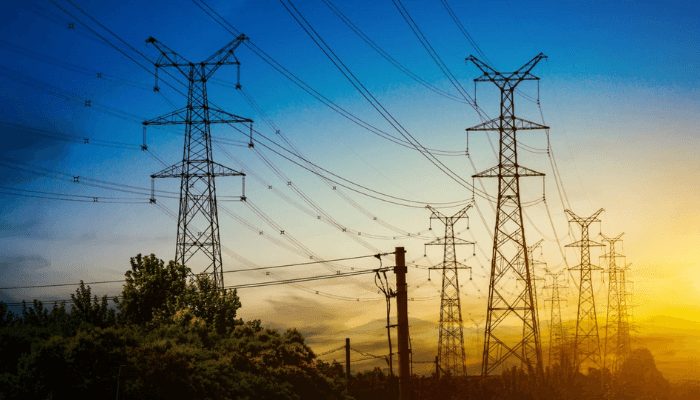Global electricity demand is expected to surge over the next three years, accelerating to an average growth rate of 3.4 percent from 2024 to 2026 as the clean energy transition gains momentum. This is according to a new report from the International Energy Agency (IEA).
The Electricity 2024 report also reveals that all the additional demand forecast will be covered by technologies that produce low-emissions electricity
According to the report, global growth in electricity demand eased slightly to 2.2 percent in 2023 due to falling electricity consumption in advanced economies. According to the IEA, about 85 percent of the increase in the world’s electricity demand through 2026 is expected to come from outside advanced economies – most notably China, India, and countries in Southeast Asia.
Read also: Unmetered electricity consumers cry out over estimated billing
However, record-setting electricity generation from low-emissions sources – comprising renewables, such as solar, wind, and hydro, as well as nuclear power – should reduce the role of fossil fuels in providing power for homes and businesses.
“The power sector currently produces more CO2 emissions than any other in the world economy, so it’s encouraging that the rapid growth of renewables and a steady expansion of nuclear power are together on course to match all the increase in global electricity demand over the next three years,” said Fatih Birol, IEA Executive Director.
“This is largely thanks to the huge momentum behind renewables, with ever cheaper solar leading the way, and support from the important comeback of nuclear power, whose generation is set to reach a historic high by 2025. While more progress is needed, and fast, these are very promising trends.”
The report finds that the increase in electricity generation from renewables and nuclear appears to be pushing the power sector’s emissions into structural decline. Global emissions from electricity generation are expected to decrease by 2.4 percent in 2024, followed by smaller declines in 2025 and 2026.
Although demand for electricity in Europe and the United States declined in 2023, many emerging and developing economies recorded robust growth that is set to continue through 2026 in response to increasing populations and industrialisation.
During the outlook period, China is expected to account for the largest share of the global increase in electricity demand in terms of volume, even as its economic growth slows and becomes less reliant on heavy industry.
Meanwhile, India is set to see electricity demand rise the fastest among major economies, with demand added over the next three years forecast to be roughly equivalent to the current electricity consumption of the United Kingdom.
As a region, Africa remains an outlier in electricity demand trends, according to the report’s analysis. While electricity use per capita in India and Southeast Asia has risen rapidly, it has been effectively stagnant in Africa for more than three decades.
Read also: Nigeria electricity customers hit 11.27mn in Q3 2023
“Electricity use is a key indicator of economic development in any country, and it’s a grim sign that it has flatlined in Africa on a per capita basis for over three decades,” Birol said. “Access to reliable, affordable and sustainable energy for all citizens is essential for African countries to achieve their economic and climate goals.”
According to him, the international community needs to work together with African governments to enable the urgent progress that is needed.

